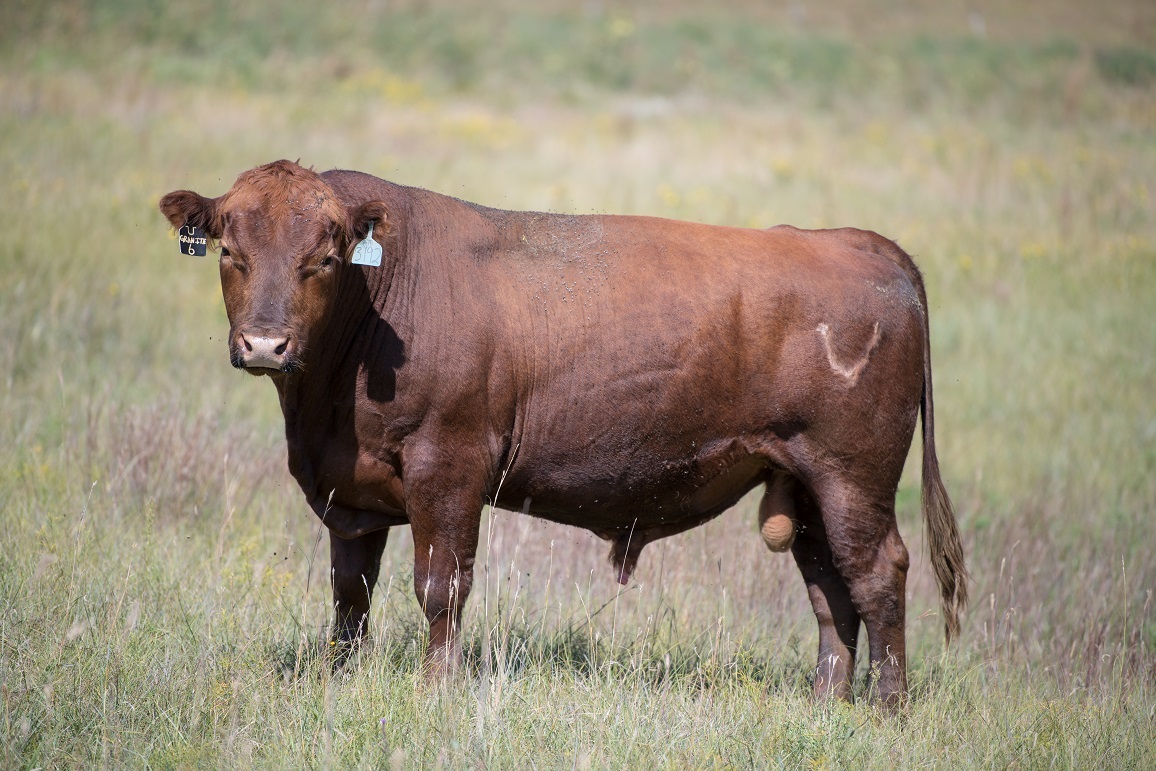Matt Spangler, UNL Associate Professor and Beef Genetics Extension Specialist

This bull sale season, profit-minded cattle producers will utilize expected progeny differences (EPD) and economic selection indices when selecting their next group of bulls. These tools are far more accurate at predicting the average difference in offspring than visual appraisal or actual weights. This is beyond contestation.
That said, it is completely unrealistic to expect all commercial bull buyers to completely understand all available EPD and economic selection indices. Commercial cattle producers have a cattle enterprise to run leaving little (if any) time to dedicate to understanding the intimate details surrounding genetic prediction. There are resources (e.g., www.ebeef.org) designed to help. Ideally, seedstock suppliers should also aid in the understanding and use of these tools. To perhaps ‘kickstart’ the process, I’ve detailed a few key points below.
- Have a breeding objective in mind (or better yet written down). This should include how you plan to sell calves, if you plan on retaining replacement females, and any labor or other environmental constraints (e.g., limited forage). This helps identify the traits that are economically relevant to you.
- Choose a breed (or breeds) that fit your current crossbreeding system and match your objectives. Compare breeds based on current research (i.e., US Meat Animal Research Center) and not a historical view as breeds have changed overtime.
- Identify a seedstock supplier (or suppliers) that you trust and that have bulls for sale that match your breed needs and your breeding objective.
- Identify bulls, based on EPD or (preferably) economic index values that match your objectives.
- If calving ease EPD exist, do not use birth weight EPD. Calving ease EPD are generated using birth weight information.
- If you retain replacement females, pay attention to calving ease maternal EPD. These are really ‘Total Maternal Calving Ease’ EPD, and reflect how easily a bull’s daughters will calve as two-year olds.
- Reproductive longevity is a key profit driver for self-replacing herds. If a Stayability EPD or Sustained Cow Fertility EPD exists, use it.
- If you retain replacement females in limited feed environments, consider selecting bulls with more moderate mature weight and milk (maternal weaning weight) EPD.
- Understand that even if you sell calves at weaning, someone is going to own them in the feedyard. If you want to build a market for your calves, do not completely ignore post-weaning gain and carcass merit.
- Use an index that fits your objectives—this can greatly simplify bull selection decisions. Do not use a completely terminal index if you retain replacement heifers.
- Buy quality, but do not overpay. Sometimes the bull that is not top on your list is actually the better economic decision.
This bull sale season do not make the process more complex than it really needs to be and certainly do not get caught in the trap of believing that you can visually see the genetic potential of a bull—use the tools that science has provided and has continually improved and validated.
University of Nebraska-Lincoln Beef Watch
